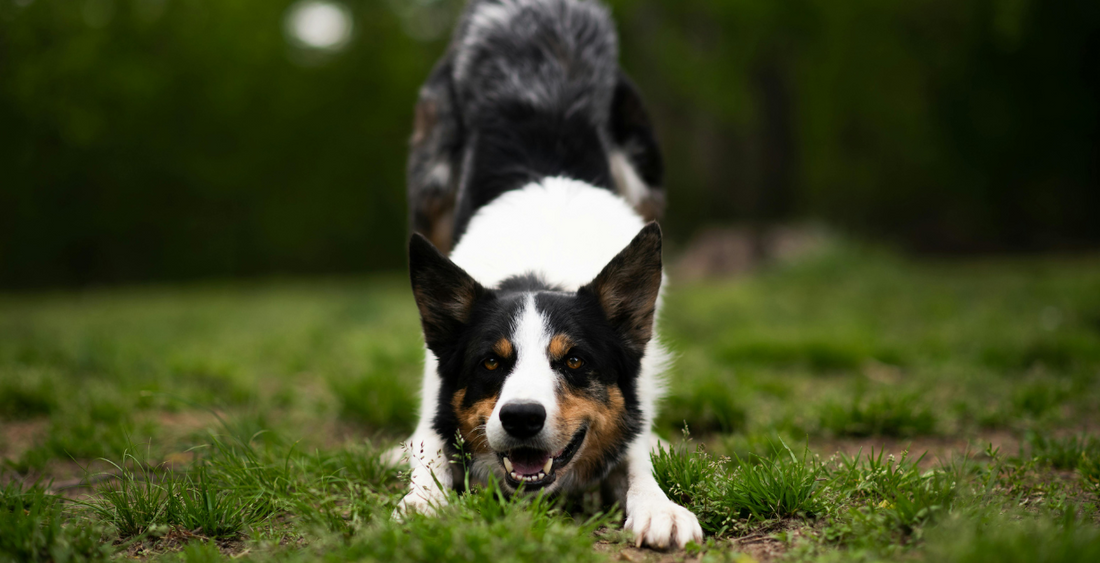Understanding Canine Limping: Unravelling the Mystery Behind Your Dog's Limp
Introduction: As a devoted pet owner, noticing any change in your dog's behaviour can be a cause for concern. One such indication that something might be amiss is when your canine companion starts limping. The reasons behind limping in dogs can be varied, ranging from minor injuries to more serious health issues. In this blog, we'll explore the potential causes of why your dog might be limping and offer insights into when it's time to seek veterinary attention.
Section 1: Assessing the Situation
Observing the Limp: Signs and Severity
- Encourage readers to carefully observe their dog's gait, noting which leg is affected and the severity of the limp.
- Discuss additional signs, such as swelling, pain reactions, or changes in behavior, that may accompany limping.
Common Causes: Minor Injuries and Strains
- Explore minor injuries and strains as common causes of limping, including bruised paws, muscle strains, or thorn pricks.
- Discuss how rest, gentle care, and monitoring may be sufficient for these less severe cases.
Section 2: Potential Health Issues
Joint Problems: Arthritis and Orthopaedic Conditions
- Discuss how arthritis, hip dysplasia, or other orthopaedic conditions can lead to chronic limping.
- Explore symptoms associated with joint problems, such as stiffness, difficulty rising, or a reluctance to engage in certain activities.
Paw Pad Issues: Cuts, Burns, and Foreign Objects
- Explore how cuts, burns, or the presence of foreign objects in the paw pads can cause limping.
- Provide tips on checking and caring for the paws, including keeping them clean and inspecting for any abnormalities.
Section 3: The Importance of Veterinary Attention
When to Worry: Signs That Demand Professional Evaluation
- Highlight red flags that indicate a more serious issue, such as persistent limping, sudden and severe pain reactions, or signs of distress.
- Emphasize the importance of consulting with a veterinarian when in doubt or when the limp persists.
Diagnostic Process: What to Expect at the Vet
- Explain the diagnostic process veterinarians use to identify the underlying cause of limping, including physical examinations, X-rays, and other diagnostic tests.
Section 4: Care and Recovery
Follow the Vet's Advice: Treatment Plans and Rehabilitation
- Discuss the importance of following the veterinarian's recommendations for treatment, which may include medication, rest, physical therapy, or surgery.
- Emphasize the role of pet owners in providing a conducive environment for their dog's recovery.
Section 5: Conclusion
While limping can be alarming, it's essential to approach the situation with a combination of observation, care, and professional guidance. By understanding the potential causes and being proactive in seeking veterinary attention, you can play a crucial role in ensuring your dog's well-being. Remember, your dog's health is a collaborative effort between you and your trusted veterinarian. Together, you can navigate the path to recovery and have your loyal companion back on their paws in no time.



